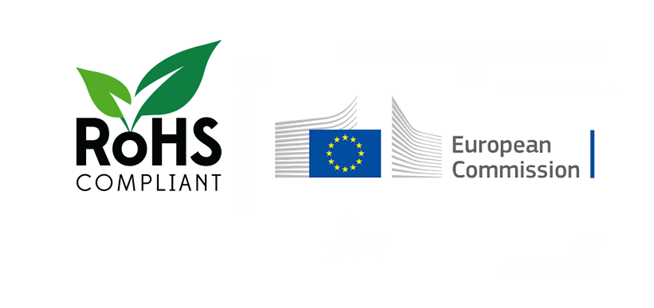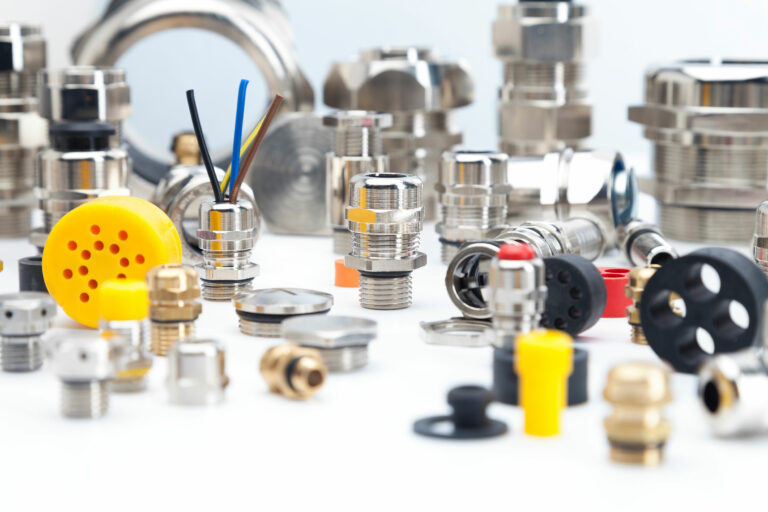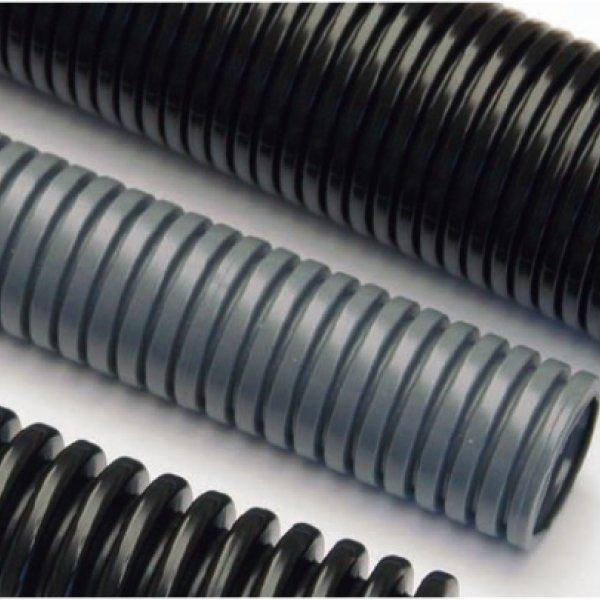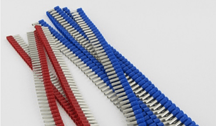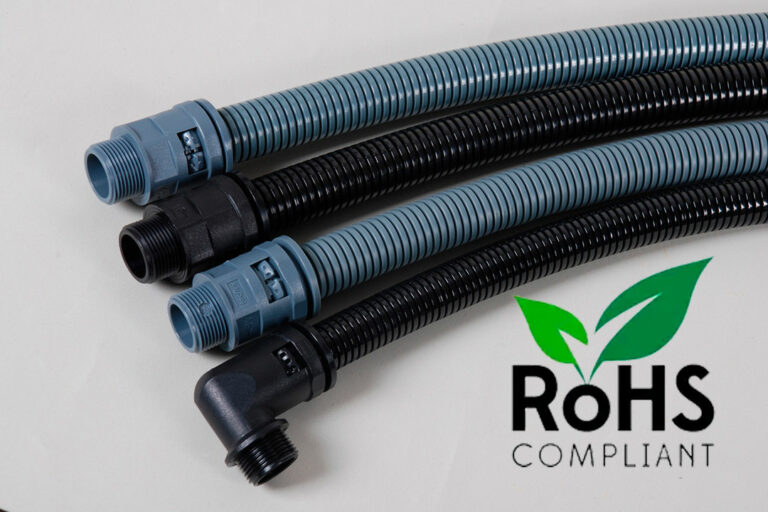RoHS regulations, we comply!
Appearance of the RoHS Directive by the CE
The RoHS regulations, an acronym for Restriction of Hazardous Substances, is a European directive that covers aspects related to electronics and the manufacture of electronic devices.
The number of waste electrical and electronic equipment generated each year in the EU is increasing unexpectedly, in fact it is now one of the fastest growing sources of waste.
Electrical and electronic equipment (EEE) contains hazardous substances and, since 2003, EU laws have regulated the use of these substances. Every product marketed in the EU since 2006 must comply with this RoHS regulations, which limits the use of ten harmful substances frequently found in electrical and electronic equipment (EEE).
RoHS Framework
The objective of the RoHS regulations It is double:
- Reduce pollution and prevent environmental damage caused by these restricted materials
- Try to reduce possible health problems derived from exposure to these.
Being a directive and not a regulation, it is legally binding on all member states while allowing some space when implementing it and ensuring compliance.
In 2017, the Commission adopted a proposal adjusting the scope of the RoHS Directive, restricting the use of certain hazardous substances in EEE that can be replaced by safer alternatives. These restricted substances include heavy metals, flame retardants or plasticizers.
The Directive promotes the recycling of EEE and its components, which have become waste with a lower level of harmful substances. We emphasize that trying to guarantee equal conditions for manufacturers and importers of EEE in the European market is another of its priorities.
Materials indicated in the current RoHS regulations
Currently, the RoHS regulations restricts the use of ten substances: lead, cadmium, mercury, hexavalent chromium, polybrominated biphenyls (PBB) and polybrominated diphenyl ethers (PBDEs), bis (2-ethylhexyl) phthalate (DEHP), butylbenzyl phthalate (BBP), phthalate dibutyl (DBP) and diisobutyl phthalate (DIBP).
All products that have at least one electrical and electronic component must comply with these restrictions, except in specific cases.
At Fleximat we are happy to inform all our clients that we comply with the RoHS regulations current and that all our products are suitable for marketing under the legal protection of the EU.
Polyamide cable glands and accessories, polyamide fittings and tubes, cable glands and ventilation accessories... among others, are set out in our declaration of

